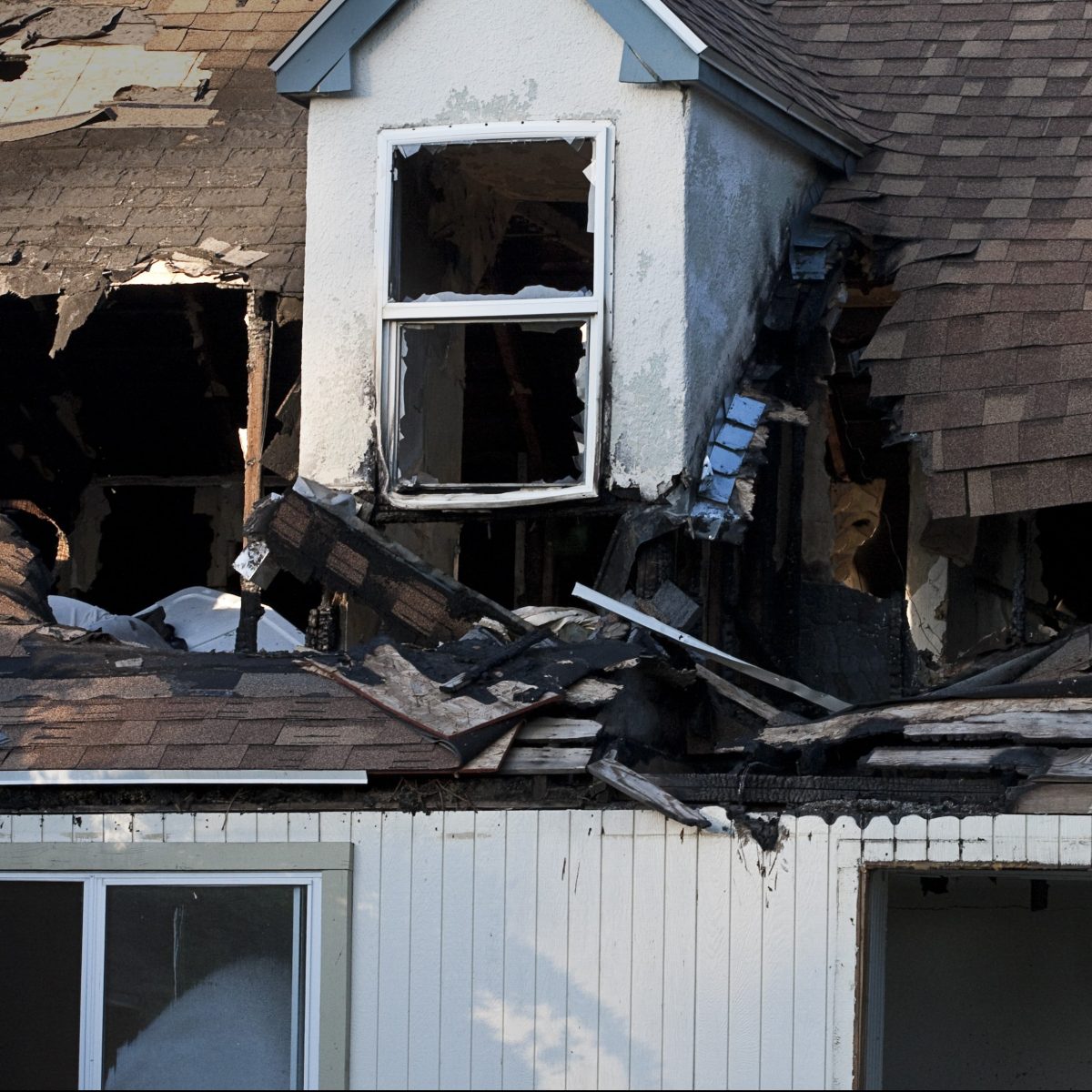
When a fire incident occurs, the immediate aftermath can feel overwhelming. Knowing the right steps to take not only secures your property but also ensures the safety of everyone involved. We understand how critical these moments are and are committed to helping you navigate through them with care and expertise. Initially, it’s paramount to ensure everyone’s safety and assess the structural integrity of your property to avoid any further risks. As the flames die down, the urge to jump right into salvaging your belongings can be strong, but safety must come first.
Before re-entering your property, it’s essential to receive the green light from fire officials that it is safe to do so. Once inside, assessing the damage thoroughly is the next critical step. This isn’t just about identifying what’s been burned; it’s also about recognizing potential hazards, like weakened structures and electrical risks. This initial inspection can be emotional and taxing, but it’s a crucial part of beginning the recovery process effectively. By understanding the extent and nature of the damage, you can begin to plan the next steps in an organized manner, including securing the property to prevent further damage.
Initial Steps to Ensure Safety and Assess Damage
When confronted with the aftermath of a commercial fire, the first priority is ensuring the safety of everyone involved. We ensure that all personnel, tenants, or visitors have been evacuated and accounted for before we proceed. The next critical step involves a thorough assessment of the property to identify all areas impacted by fire, smoke, or water. This preliminary evaluation helps us understand the scope of damage, which is vital in plotting an effective recovery strategy.
Conducting these assessments quickly and efficiently is part of our expertise. We use advanced tools and techniques to pinpoint structural damages and areas where fire toxins may pose a health risk. By doing this early in the process, we can better prepare for the next phases of restoration, ensuring all actions we take are informed by the most accurate and current data about the property’s condition.
Securing Your Property to Prevent Further Damage
Once the immediate aftermath is stabilized, securing your property becomes our next focal point. This phase is crucial to prevent any further damage from environmental factors or unauthorized entry. Here’s how we tackle this step:
- Board-Up Services: We cover broken windows and damaged walls. This not only helps in securing the property but also in minimizing exposure to weather elements.
- Roof Tarps: If the fire has compromised the roof integrity, we immediately install tarps to prevent water ingress from rain, which could exacerbate the damage and complicate the restoration efforts.
- Security Fencing: To deter unauthorized access and ensure the safety of the property as well as the public, we erect security fencing around the perimeter.
- Water Extraction: In cases where firefighting efforts have led to water accumulation, we promptly remove this water. We use powerful pumps and vacuums to ensure that the property is dried as quickly as possible.
By securing your property thoroughly, we mitigate risks and set a solid foundation for the comprehensive restoration process that follows. Each action we take in this phase is designed to pave the way for a smoother, more efficient recovery.
Contacting the Right Professionals for Immediate Assistance
When dealing with the aftermath of a storm and resulting leaks, it’s essential to call in professionals who can provide the right assistance quickly and efficiently. We have a team of trained experts ready to respond to your needs. Upon contact, we assess the severity of the situation and dispatch our teams accordingly. During this critical time, our priority is to address any immediate risks to safety and prevent further damage to your property.
Our professionals are equipped with the latest tools and technology to manage any storm damage. We handle everything from initial damage assessments to the final touches of the restoration process. Rapid response can mean the difference between minor repairs and extensive, costly restoration, which is why we emphasize quick and effective service to mitigate any further damage to your property.
Planning the Restoration Process: What to Expect from Us
When planning the restoration of your property after storm-related damage, our approach is comprehensive and centered on restoring your property to its pre-storm condition or better. We begin by creating a detailed plan tailored to the specific damages your property has incurred. This plan outlines the expected repair steps, timeline, and costs, ensuring transparency throughout the restoration process.
Following the initial emergency stabilization, our team works diligently to perform the necessary repairs. This might include water extraction, drying processes, repairing structural damages, and preventing mold growth. We keep you updated throughout each phase, providing peace of mind knowing that your property is in good hands. By planning meticulously and focusing on quality restoration, we ensure that once the work is complete, your property is safe and comfortable once again.
As we conclude the discussion on managing and restoring storm damage, remember that the key to minimizing damage is rapid response and professional handling. At Restoration Masters, we are committed to providing the highest level of service in restoring your property after storms. If your home or commercial facility suffers from storm damage, don’t hesitate to call us. We are here to assist you every step of the way, from the immediate aftermath to the full restoration of your property. Contact Restoration Masters today, and let us help you get back on your feet with professional, efficient, and compassionate fire damage restoration services.





